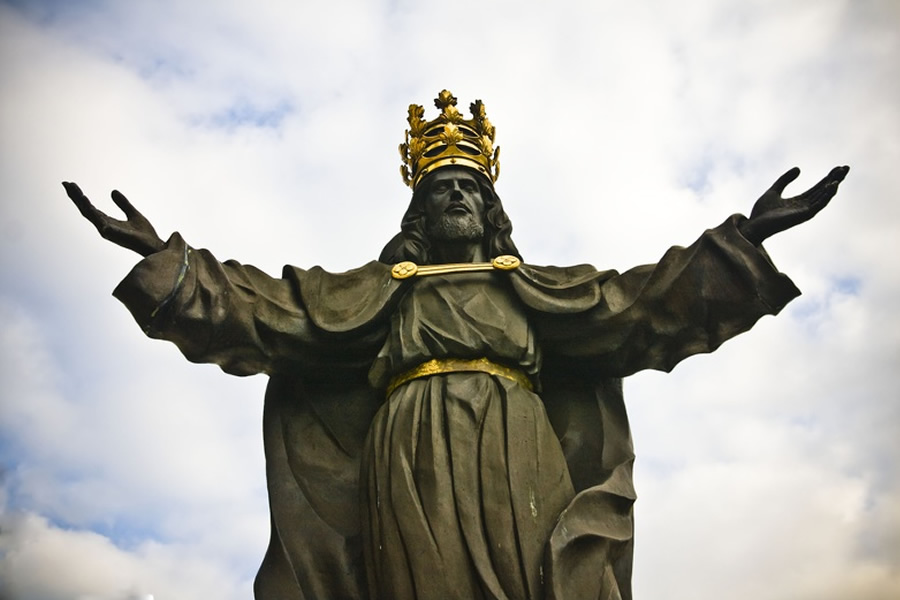
Coming to the end of the Liturgical Year
by Fr. John Granato | 11/26/2023 | Words from Fr. JohnMy Dear Friends,
We have arrived at the feast Christ the King and the end of the liturgical year. Next week begins Advent. Knowing the liturgical year allows us to enter into the rhythm of our faith through the seasons, beginning in Advent and Christmas then the few weeks of ordinary time before Lent and Easter and re-entering ordinary time again. It’s not only the season that we celebrate liturgically.
The liturgical calendar also is filled with solemnities, feasts, obligatory memorials, optional memorials and ordinary (feria) days. These solemnities, feasts and memorials are for the most part commemorate a saint or multiple saints, but some solemnities and feasts also commemorate the Lord in some fashion concerning one of his mysteries, e.g. the Transfiguration or the Baptism of the Lord, a mystery of our Blessed Mother, e.g. the Annunciation and the Assumption, and some also commemorate a church building (St. John Lateran) or even the Chair of St. Peter.
We are obligated to attend Mass on every Sunday of the year as well as the Holy Days of Obligation that our United States Conference of Catholic Bishops has chosen from the number of solemnities that fall on a weekday throughout the year. Just as we celebrate our yearly birthday or wedding anniversary, there are certain days that we should also celebrate yearly, e.g. the date of our baptism, the date of our confirmation, the date of ordination to the diaconate or the priesthood, our patron saint (our birth name saint as well as our confirmation name saint) and the date of death of our loved ones. If we have a special devotion to a particular saint who is not a patron saint we should try to attend Mass or say some extra prayers to that saint for his or her intercession as well.
BACK TO LIST BACK